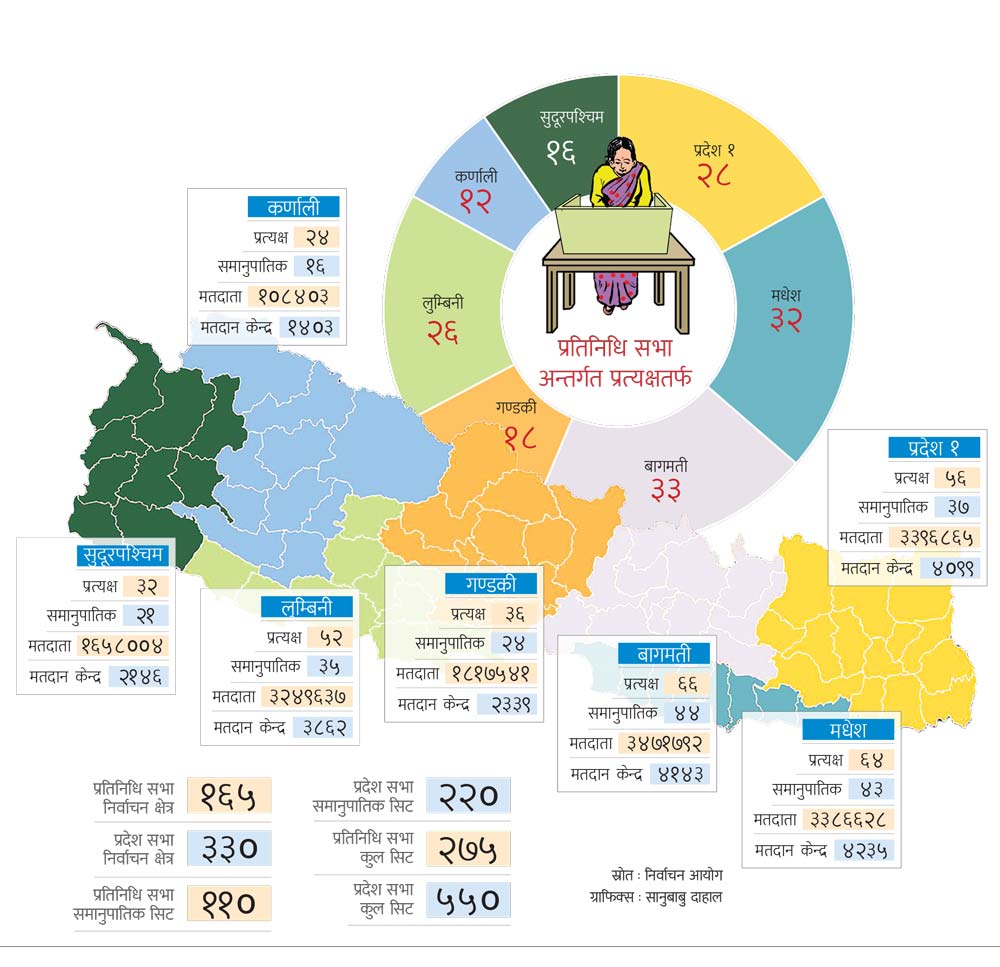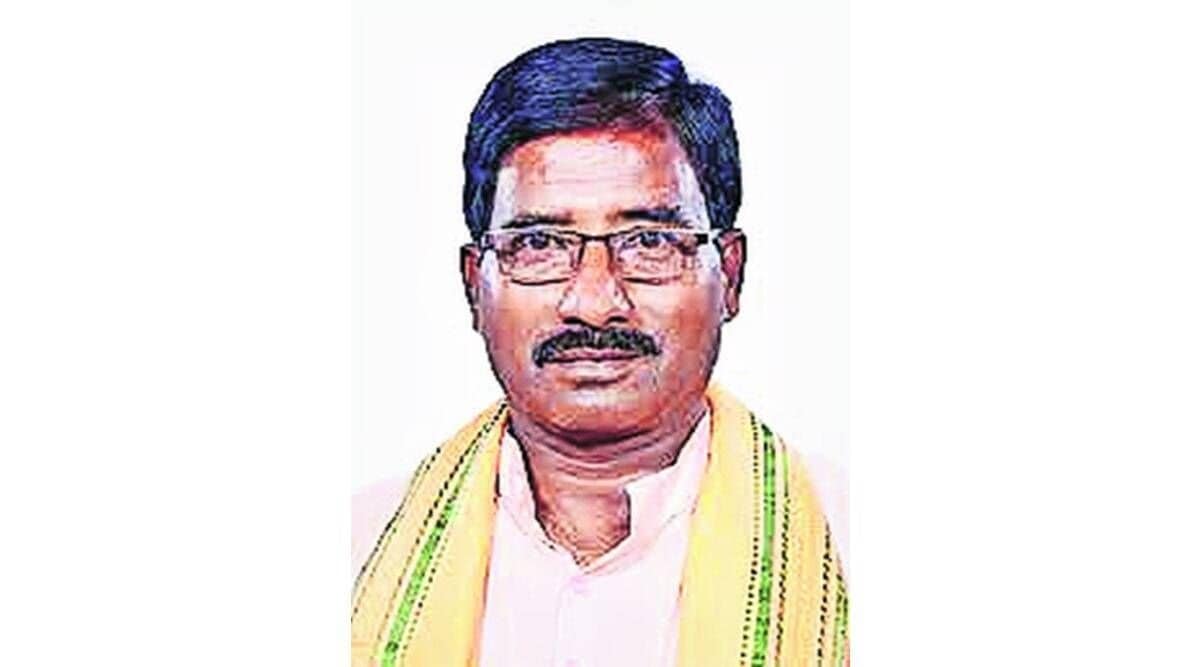Over the past few years, the discourse surrounding age restrictions for Prime Ministers has captured widespread attention. As political landscapes continue to evolve, the focus on age limits for leaders has become a central topic of discussion among citizens, policymakers, and political analysts. This article examines the intricate aspects of age limits for Prime Ministers, analyzing their impact on governance, public perception, and the broader political environment.
The concept of age limits in politics is not a recent development. Numerous countries have long-established age restrictions to ensure that leaders possess the necessary wisdom, experience, and energy to effectively govern. However, the debate surrounding these limits often revolves around whether they enhance or hinder democratic processes. This article aims to provide a thorough examination of the issue, exploring diverse perspectives and offering valuable insights.
As we delve deeper into this topic, we will explore historical precedents, current practices across various nations, and potential future trends concerning age limits for Prime Ministers. By the conclusion of this article, readers will have a comprehensive understanding of the significance of age limits in modern politics and their implications for leadership.
Read also:Discover The Multifaceted World Of Tristin Mays And Her Remarkable Journey
Table of Contents
- 1. Historical Context of Prime Ministerial Age Limits
- 2. Current Global Practices
- 3. Advantages and Disadvantages of Age Limits
- 4. Case Studies of Notable Leaders
- 5. Public Perception of Age Limits
- 6. Future Trends and Predictions
- 7. Conclusion
- 8. Sources and References
1. Historical Context of Prime Ministerial Age Limits
The establishment of age limits for political leaders has deep historical roots, shaped by cultural, social, and political influences. Throughout history, different nations have adopted varying approaches to address the issue of leadership age restrictions. Below, we explore key aspects of the historical background of age limits for Prime Ministers:
- In ancient civilizations, such as Rome, leaders were expected to demonstrate maturity and experience, often linked to age.
- Many modern democratic nations have implemented age limits to prevent leaders from being too young, emphasizing the importance of wisdom and experience in governance.
- Over time, age limits have evolved to reflect changing societal attitudes toward leadership and governance, adapting to contemporary needs and values.
2. Current Global Practices
Today, the enforcement of age limits for Prime Ministers varies significantly across the globe. While some countries impose strict age restrictions, others do not impose any limits at all. Below, we examine current practices in different regions:
2.1 Countries with Age Restrictions
- In France, the legal age to run for President is 18 years, but there is no upper age limit, allowing leaders of all ages to compete.
- In the United States, there are no age restrictions for presidential candidates, leading to a diverse range of candidates entering the race, including younger individuals.
2.2 Countries without Age Restrictions
- Countries like India do not impose age limits for Prime Ministers, allowing leaders to serve until they decide to retire or are voted out of office.
- In some nations, political parties may establish internal age limits, but these are not legally binding, leaving the decision to individual party preferences.
3. Advantages and Disadvantages of Age Limits
The debate on age limits for Prime Ministers is often polarized, with compelling arguments both for and against their implementation. Below, we explore the key advantages and disadvantages:
3.1 Advantages of Age Limits
- Age limits ensure that leaders possess the necessary experience and wisdom to address complex governance issues effectively.
- They encourage younger generations to participate actively in politics, fostering a culture of innovation and fresh perspectives.
- Age limits may prevent outdated ideas and practices from dominating leadership roles, promoting modern and progressive governance.
3.2 Disadvantages of Age Limits
- Age limits risk excluding capable leaders solely based on age, disregarding their skills and expertise.
- They may disrupt continuity in governance, leading to potential instability in political systems.
- Age limits could perpetuate ageism, negatively impacting the perception of older individuals in society and undermining their contributions.
4. Case Studies of Notable Leaders
Analyzing the careers of notable leaders provides valuable insights into the implications of age restrictions for Prime Ministers. Below, we examine two distinct categories of leaders:
4.1 Young Leaders
- Emmanuel Macron, who became President of France at the age of 39, exemplifies the potential of younger leaders to bring fresh ideas and energy to governance.
- Jacinda Ardern, New Zealand's former Prime Minister, took office at 37, demonstrating the capacity of younger leaders to address modern challenges effectively.
4.2 Experienced Leaders
- Joe Biden, who assumed the presidency of the United States at 78, illustrates that experience and wisdom can significantly contribute to successful leadership, regardless of age.
- Angela Merkel's 16-year tenure as Germany's Chancellor highlights the value of long-term leadership in fostering stability and continuity in governance.
5. Public Perception of Age Limits
Public opinion on age limits for Prime Ministers varies widely, influenced by cultural, social, and political factors. Studies and surveys indicate the following:
- Many citizens support age limits, citing concerns about vitality, relevance, and the ability of older leaders to adapt to modern challenges.
- Others advocate for a merit-based system, arguing that age should not be a determining factor in leadership, emphasizing the importance of skills and competence.
Understanding public opinion is essential for policymakers, as it reflects the values, priorities, and expectations of the electorate, shaping the direction of future policies.
Read also:Exploring The Life Career And Net Worth Of Shin Lim
6. Future Trends and Predictions
As political landscapes continue to transform, the conversation around age limits for Prime Ministers is likely to remain a significant topic of discussion. Potential future trends include:
- An increasing emphasis on merit-based leadership criteria, where age becomes less of a factor in determining political eligibility.
- A growing movement to encourage youth participation in politics, promoting diversity and fresh perspectives in leadership roles.
- Potential reforms in countries with existing age limits, driven by evolving societal attitudes and the need for inclusive governance.
7. Conclusion
In summary, the debate surrounding age limits for Prime Ministers is complex and multifaceted, involving a wide range of considerations. While valid arguments exist on both sides, the overarching goal remains the pursuit of capable and effective leadership. Policymakers and citizens must engage in constructive dialogue to address this issue thoughtfully and responsibly.
We invite you to share your thoughts on age limits for Prime Ministers in the comments section below. Your insights are invaluable as we continue to explore this critical topic and its implications for governance and society.
8. Sources and References
To ensure the accuracy and reliability of the information presented in this article, we have consulted various credible sources:
- World Bank Reports
- OECD Publications
- Research articles from political science journals


